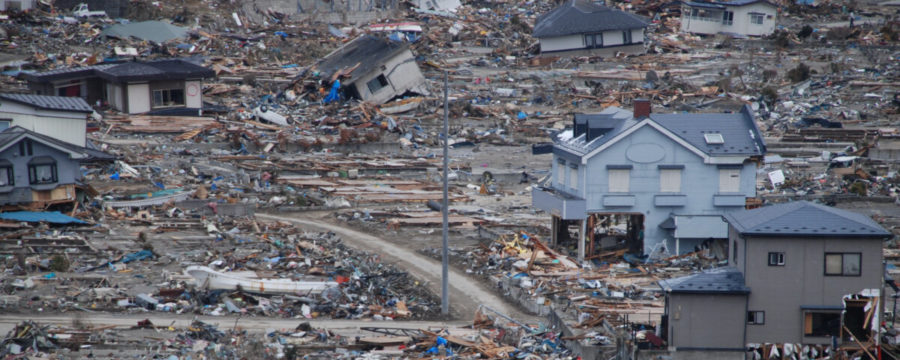2011 Tohoku Earthquake and Tsunami
March 14, 2022
It was a normal Friday on the northeast coast of Honshu in Japan. The day was March 11, 2011, and everything was normal and nothing would happen. One thing the people knew was that an earthquake would happen, they just didn’t know when it would happen or how bad it would be until it was 2:46 PM. A 9.1 magnitude earthquake hit, as people were getting out of their homes, buildings, and schools rushing to get to safety. This earthquake destroyed thousands of homes, roads, railways, and many buildings. As the earthquake stopped, people thought it was finally over, but there was one problem. They were very wrong, the earthquake had caused a tsunami about 40 meters high. Six minutes later the tsunami happened, now this was a big problem for everyone. No one knew a tsunami would hit so hard. People tried running to a safe place. People got into their cars and tried driving off, but some people were sucked into the tsunami. There was another big problem, the tsunami hit a power supply and a nuclear reactor. People were forced to leave everything at once and go away fast as nuclear reactors released toxic chemicals. This is the longest earthquake and the deadliest recorded in Japan. After the tsunami has calmed down, rescuers begin to look for people who were left behind. They soon found out that 2,526 people were missing from the earthquake and 42,500 hadn’t returned when both disasters happened. More than 450,000 people became homeless and more than 15,500 people were dead. To this day the place is still recovering and still trying to find more people.










































































































































